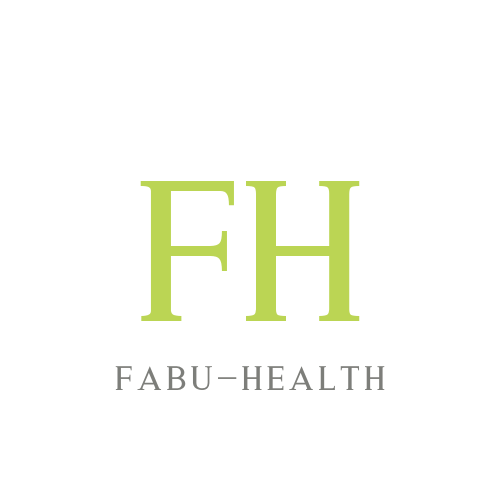PRP Skin and Hair Rejuvenation
WHAT IS PRP THERAPY (PRFM) AND PRP HAIR RESTORATION?
PRP therapy, also known as Platelet Rich Plasma therapy, is a medical treatment that uses a patient's own blood to stimulate healing and rejuvenation in various areas of the body, particularly the skin and hair. The therapy involves extracting a small amount of blood from the patient, processing it to separate the platelet-rich plasma from other components, and then reapplying or injecting the concentrated PRP into the desired treatment area.
In PRP therapy, platelets play a crucial role because they contain growth factors and other bioactive proteins that promote tissue repair, collagen production, and overall cellular growth and wellness. When PRP is applied topically or injected into the skin or scalp, it enhances the body's natural healing response, leading to improved skin elasticity, hair growth, and overall rejuvenation.
HOW DOES PRP WORK?
The process of obtaining PRP involves drawing a small amount of blood from the patient's arm and then using a centrifuge to spin the blood at a high speed. This spinning separates the platelet-rich plasma from the rest of the blood components, resulting in a concentrated golden amber serum. The entire process, from blood extraction to PRP preparation, can be done on-site in the same room where the treatment will be performed.
PRP therapy is considered special because it utilizes the patient's own blood, ensuring the highest level of acceptance by the body and reducing the risk of allergic reactions or adverse effects. The PRP used in treatments can be further enhanced with Platelet Rich Fibrin Matrix (PRFM), which is an advanced form of PRP that contains a higher concentration of platelets and growth factors.
WHAT DOES A PRP TREATMENT CONSIST OF?
The platelets in human blood are naturally drawn to any injury. Platelets then release growth factors which are responsible for healing tissue damage and stimulating the creation of collagen. Thus, injecting or applying a very concentrated form of the patient’s very own personal Platelet Rich Plasma greatly enhances the body’s ability to heal and rejuvenate itself. Each human body will always respond with the highest level of acceptance to it’s own blood platelets.. And, PRP therapy is the ONLY way to release the body’s own growth factors and achieve real and lasting results.
WHAT IS INCLUDED IN A PRP SESSION?
The process of obtaining PRP involves drawing a small amount of blood from the patient's arm and then using a centrifuge to spin the blood at a high speed. This spinning separates the platelet-rich plasma from the rest of the blood components, resulting in a concentrated golden amber serum. The entire process, from blood extraction to PRP preparation, can be done on-site in the same room where the treatment will be performed.
PRP therapy is considered special because it utilizes the patient's own blood, ensuring the highest level of acceptance by the body and reducing the risk of allergic reactions or adverse effects. The PRP used in treatments can be further enhanced with Platelet Rich Fibrin Matrix (PRFM), which is an advanced form of PRP that contains a higher concentration of platelets and growth factors.
HOW DOES REJUVENATION AND RESTORATION WITH PRP WORK?
PRP therapy can be applied in different ways depending on the treatment area. For skin rejuvenation, a combination of micro-needling and PRP application is commonly used. Micro-needling involves creating tiny punctures in the skin to stimulate collagen production, and then the PRP is applied topically to enhance the healing and rejuvenation process. This combination treatment is sometimes referred to as the "Vampire Facial."
For hair rejuvenation and restoration, PRP can be injected into the scalp. The treatment involves numbing the scalp, drawing blood, processing it to obtain PRP, and then injecting the PRP into various areas of the scalp. A series of treatments is usually recommended to achieve the best and most noticeable results, including thicker and healthier hair growth and even repigmentation of prematurely graying hair.
PRP therapy can also be beneficial for acne and acne scar reduction. In this case, after micro-needling the face, PRP is applied topically, and injections may be administered into noticeable lines or scars. The treatment helps improve skin texture, reduce scarring, and promote a healthier complexion.
PRP therapy is generally suitable for individuals with mild to moderate skin laxity, acne scarring, thinning hair, or premature graying. It can benefit all skin types and is particularly appealing to those who seek noticeable results without the downtime associated with more invasive treatments like laser resurfacing. However, there are contraindications for PRP therapy, including certain skin diseases, eczema, allergies, autoimmune diseases, and a tendency to keloid.
THE FOLLOWING ISSUES ARE CONTRAINDICATED FOR THE PRP PROCEDURE:
- Skin diseases
- Eczema
- Allergies
- Autoimmune diseases
- Tendency to keloid
IS THE PRP SESSION UNCOMFORTABLE?
Discomfort during PRP sessions is minimized by numbing the treated areas. Downtime is typically minimal, with some potential for swelling or bruising that resolves within a few days. Topical application of PRP after micro-needling may cause redness, followed by a bronzing effect and flaking before revealing a radiant complexion.
HOW MANY TREATMENT WILL I NEED?
The number of PRP treatments required depends on the desired results and the individual. While some people may see significant improvements after a single treatment, most individuals achieve the best outcomes with a series of treatments. For skin rejuvenation, six to ten treatments spaced six weeks apart may be recommended, followed by maintenance treatments once or twice a year. For face or scalp injections, a series of three to six treatments is often recommended for transformative results in hair thickness, texture, and health.
